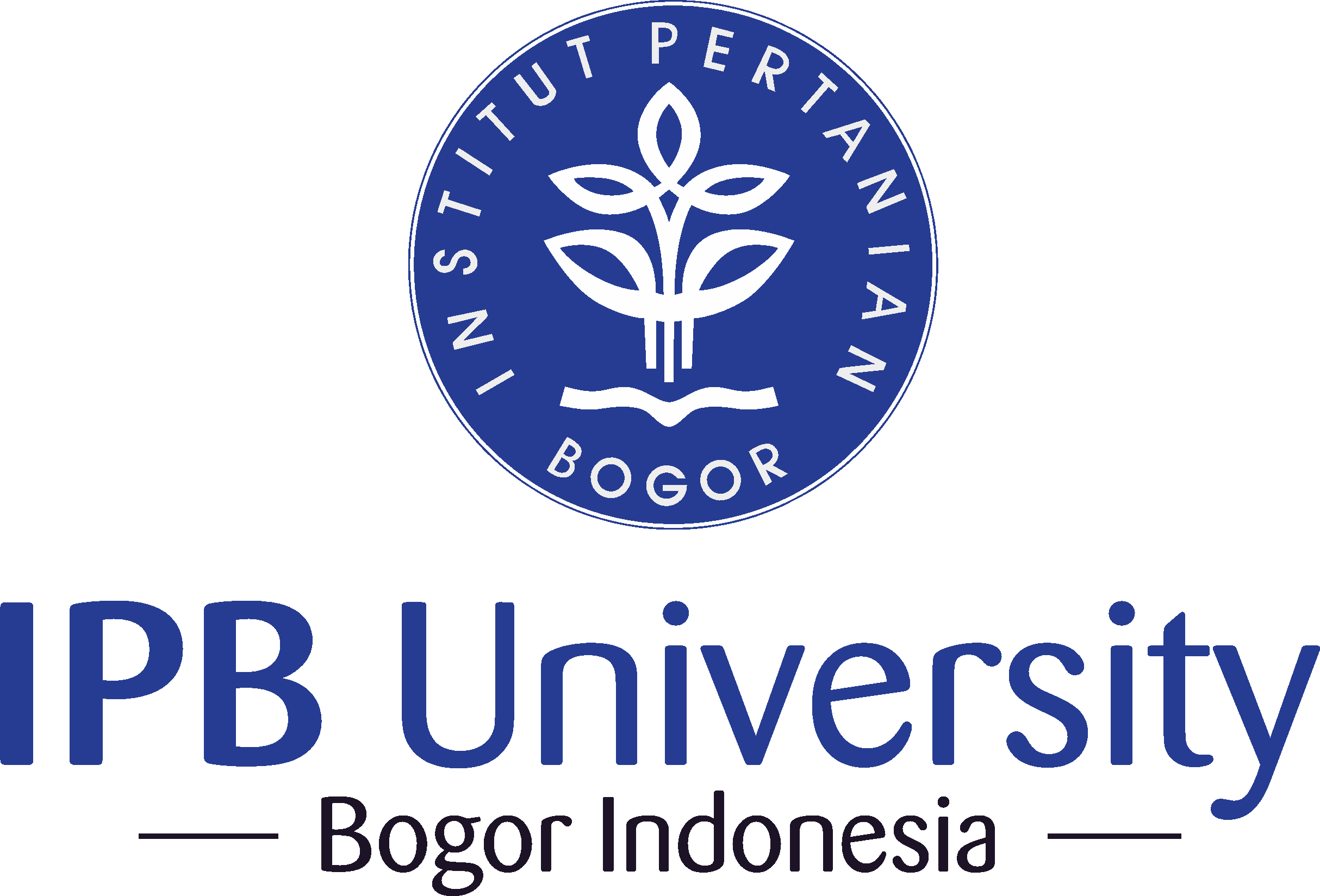Notes on Some Biological Aspects of Arctornis riguata Snellen (Lepidoptera: Lymantriidae)
Abstract
Arctornis riguata Snellen is one of lymantriids which attacked a vast range of mango trees in Probolinggo at the beginning of 2011. About 1.2% mango trees from nine sub-districts have been defoliated by the larvae of this species. The larvae of this genus have been reported to forage at Anacardiacea as well; however, they have never been reported to forage at cultivated mango trees in Indonesia. Since there is no biological information of this species, thus, a study on some biological aspects of this species is needed. This study was conducted in the field as well as in the laboratory during 4 months (March-July 2011). The diagnostic characters of this species are black scale at dorsal antenna on both male and female and slightly setae particularly at the costal angle of valve on the male genitalia. Life span of this species is in the range of 30-37 days. This study also found four natural enemies of A. riguata i.e.: Bleparipa sp. (Diptera: Tachinidae), Euagathis sp. (Hymenoptera: Brachonidae), Theronia sp. (Hymenoptera: Ichneumonidae), and Brachymeria lasus (Hymenoptera: Chalcididae). Moreover, a single fungal pathogen of this species also was identified, i.e. Isaria fumosorosea Wize. Having these results, we considered that to control A. riguata, one need to conserve the native natural enemies by manipulating their environment.
Downloads
HAYATI J Biosci is an open access journal and the article's license is CC-BY-NC. This license lets others distribute, remix, tweak, and build upon author's work, as long as they credit the original creation. Authors retain copyright and grant the journal/publisher non exclusive publishing rights with the work simultaneously licensed under a https://creativecommons.org/






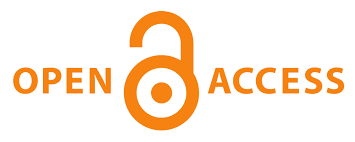



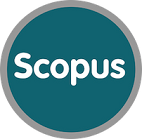





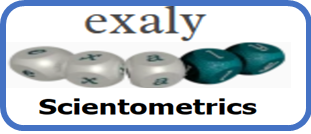




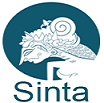

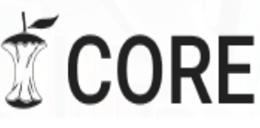

.png) IPB University
IPB University Department of Biology
Department of Biology The Indonesian Biological Society
The Indonesian Biological Society 